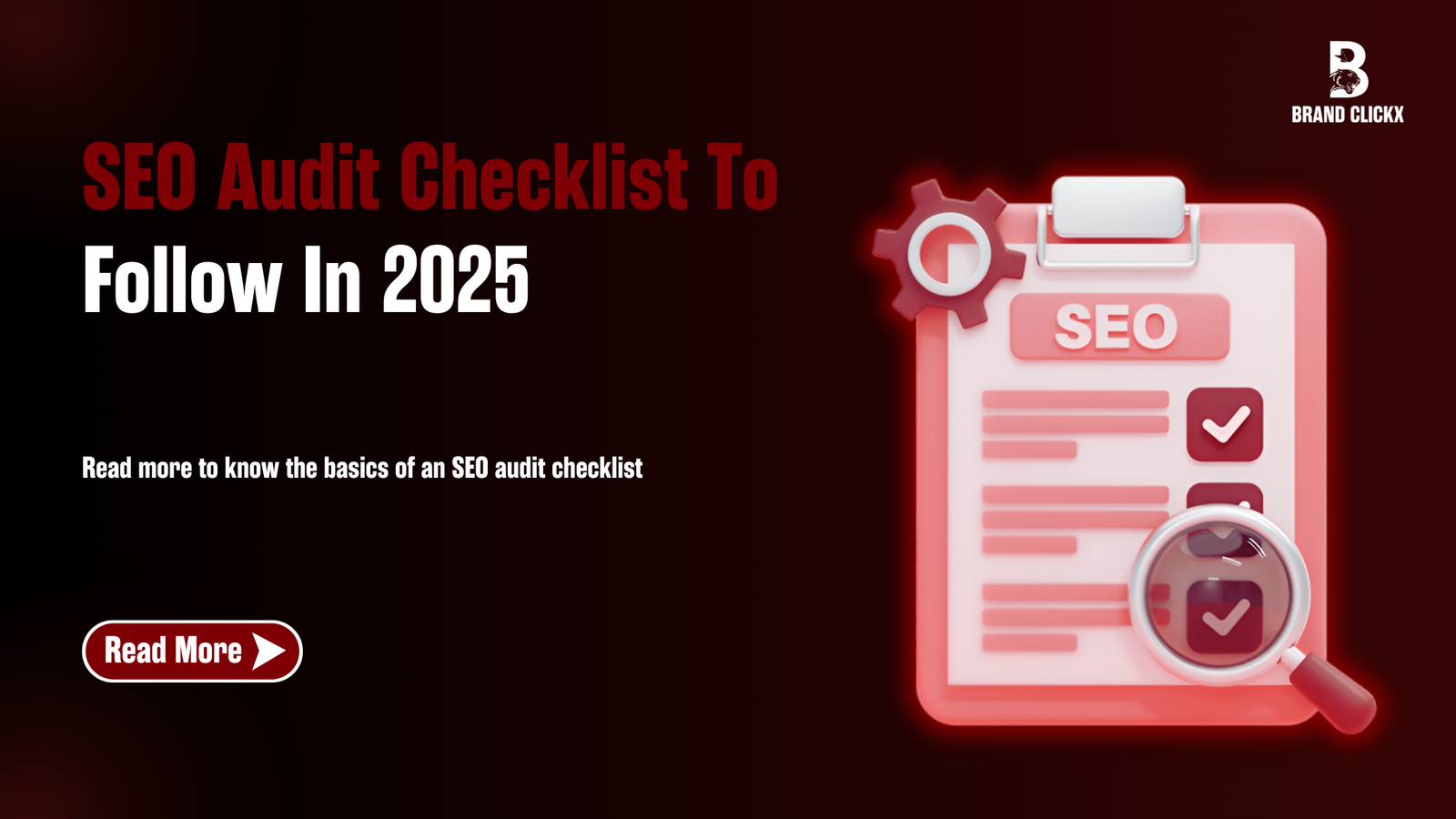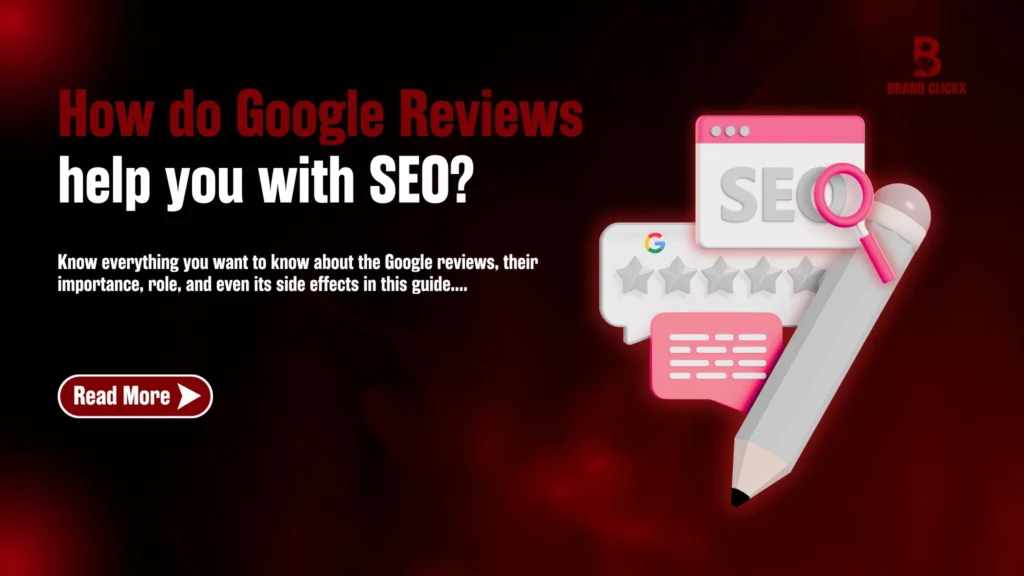Let’s get real for a second, having a website isn’t enough anymore. You could have the most visually stunning site out there, but if no one finds it, what’s the point? For entrepreneurs and founders, the stakes are even higher. A well-optimized website isn’t just a marketing tool; it’s your 24/7 salesperson. If your site isn’t ranking, you’re leaving money on the table.
The good news? The fix starts with an SEO audit checklist. An SEO audit isn’t just a chore; it’s a golden opportunity to identify what’s working, what’s not, and what’s flat-out costing you traffic. It’s about digging deep into your website’s health, finding those hidden issues, and turning them into opportunities to drive growth.
So, if you’re tired of seeing your competitors dominate search rankings while you struggle to get noticed, this checklist is your roadmap to changing the game.
Let’s start to arm you with a practical, step-by-step guide to take your website from nowhere to the top on SERPs!
What Is an SEO Audit?
An SEO audit thoroughly evaluates your website’s compliance with best SEO practices. Searching your site is important, it is about checking how a site is optimized both on-page and off-page factors and technicals, and most importantly, how user experience is.
Regular SEO audits allow you to check what’s not working on your site and to take action to fix it (i.e., make your site more visible and get more organic traffic to your site).
The Comprehensive SEO Audit Checklist
To assist you in conducting a thorough SEO audit, we’ve compiled a detailed checklist covering essential areas of focus:
1. Technical SEO Audit
a. Website Crawlability and Indexability
- XML Sitemap: Make sure you submit the sitemap to the search engines too. It should list all important pages and exclude from being indexed those that don’t matter.
- Robots.txt File: Check your robots.txt to ensure they aren’t blocking your robots from being crawled or accessed.
- Crawl Errors: To fix problems which make search engine bots skip your site, use tools such as Google Search Console.
b. Site Speed and Performance
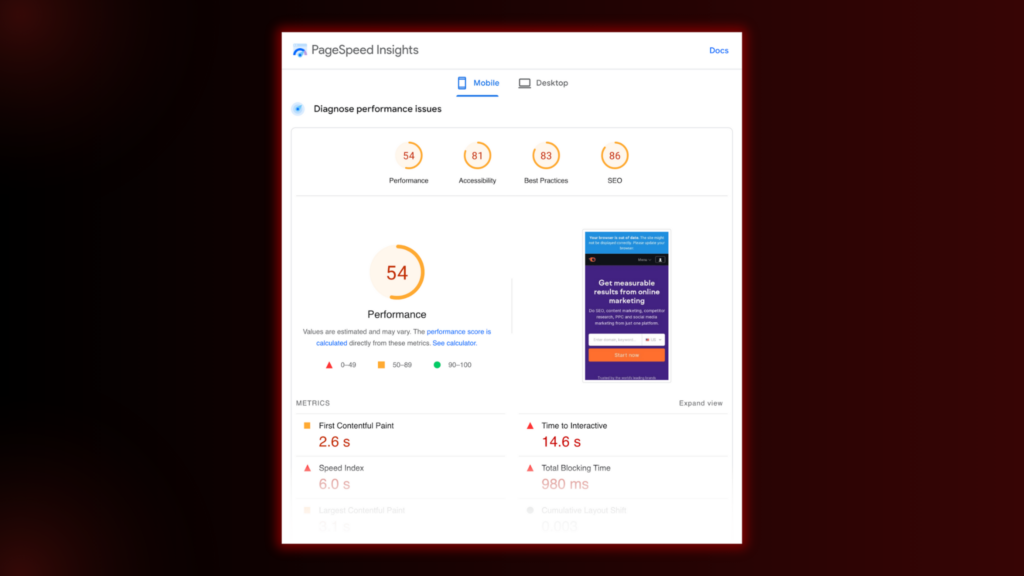
- Page Load Time: Tools like Google PageSpeed Insights will help you assess your site’s loading speed. To give a good user experience, try to make your page load under 3 seconds.
- Image Optimization: Reduce the load time of images by compressing and resizing images without compromising quality.
- Browser Caching: Use browser caching to store static resources (which should never change), making sure users don’t have to come back to the server every single time for every resource, thereby cutting down on server load and overall page load time for returning visitors.
c. Mobile-Friendliness
- Responsive Design: Make sure your website is mobile-friendly and is a great experience no matter what device you’re using. You can test your site’s performance using Google’s Mobile Friendly Test.
- Viewport Configuration: Make sure that there is a meta viewport tag used on your site to manage the layout on the mobile browser.
d. Secure Website (HTTPS)
- SSL Certificate: Make sure that your website is using HTTPS, hence a secure connection. Secure connections also build trust with users, and search engines favour them.
2. On-Page SEO Audit
a. Meta Descriptions and Title Tags
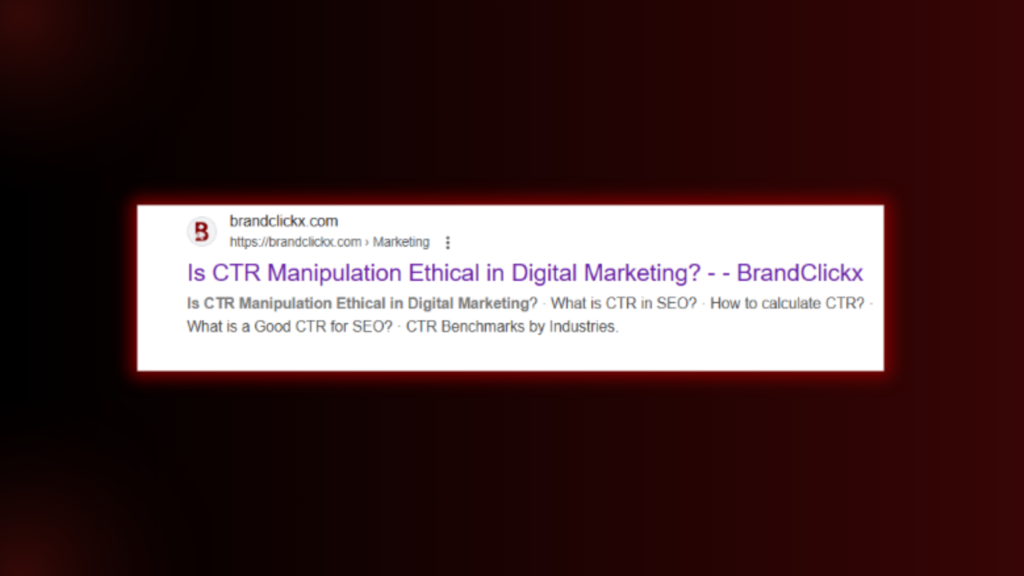
- Unique and Descriptive: Unique, descriptive and keyword-rich title tags and title descriptions for each page have a positive effect on increasing click-through rates.
- Character Length: Keep title tags (60 characters max) and meta descriptions (160 characters max) so your search results look the right length.
b. Header Tags (H1, H2, H3)
- Proper Hierarchy: Header tags are used to structure content in logical way, making it easier to read, and easier for SEO. H1 tags should contain the main topic, then H2 and H3 tags will also contain sub-topics.
c. Keyword Optimization
- Strategic Placement: Natural integration of primary and secondary keywords is performed on content, headings and meta tags avoiding keyword stuffing.
- LSI Keywords: Add in Latent Semantic Indexing (LSI) keywords with this so they bring some context and relevance to the content.
d. Internal Linking
- Logical Structure: Build your logical internal linking structure, to help users and google understand how you want your site structured and how you want link equity distributed.
- Anchor Text: When you link one page to another in your post, write descriptive anchor text which gives details about what you will find on the page you are now headed to.
e. Image Optimization
- Alt Text: Add alt text describing the image contents and keywords so that the image can be accessed by screen readers and search engines as well.
- File Names: Before uploading images to your site, use descriptive, keyword-rich names for them.
3. Content Audit
a. Quality and Relevance

- Original Content: All your content should be original, valuable and relevant to your target audience and cover the needs and interests of your audience.
- Content Depth: Comprehensively covering specific topics to be an authority, to fulfill user intent.
b. Duplicate Content
- Canonical Tags: Use canonical tags so that you can mark the preferred version of your page, avoiding duplicate content problems.
c. Content Freshness
- Regular Updates: Content stays fresh by looking at and updating information periodically to verify accuracy and appropriateness.
- Blog Frequency: Keep up with a consistent blogging schedule, where you regularly post new content. To instantly refresh your readers’ feeds and keep them engaged.
4. Off-Page SEO Audit
a. Backlink Profile
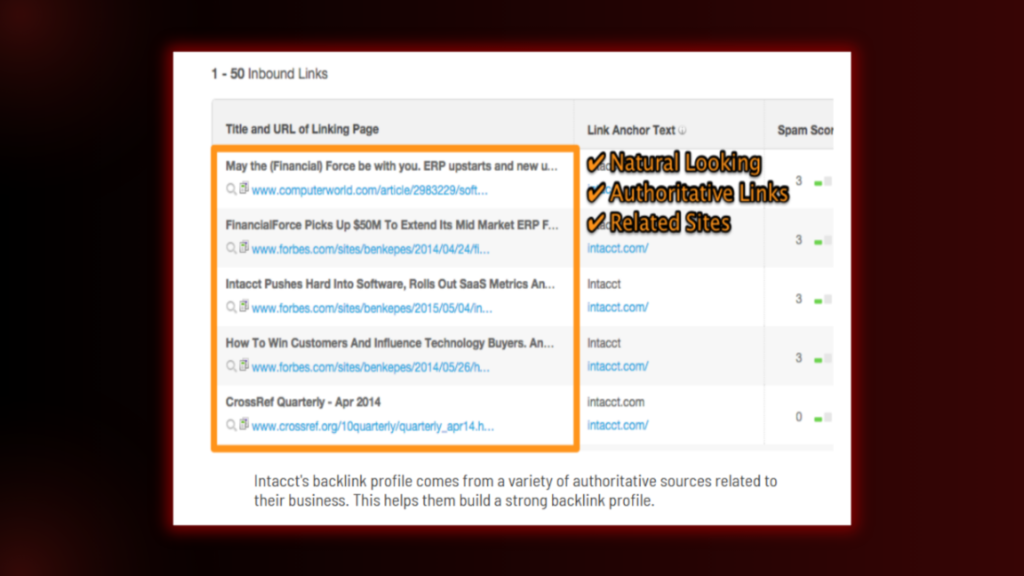
- Quality Backlinks: Look at your backlink profile to understand that your links are from legitimate and relevant sources. Cut the toxic or spammy (could harm your credibility in Google’s eyes) links.
- Anchor Text Diversity: Always try to have a natural variety of backlink anchor texts to avoid over-optimization penalties.
b. Social Signals
- Engagement: Use social media to create engagement on that base to leverage brand awareness and turn people into clients for your site.
- Shareability: Always create content that’s easy to share, to encourage people to share, and to attract backlinks.
5. User Experience (UX) Audit
a. Navigation
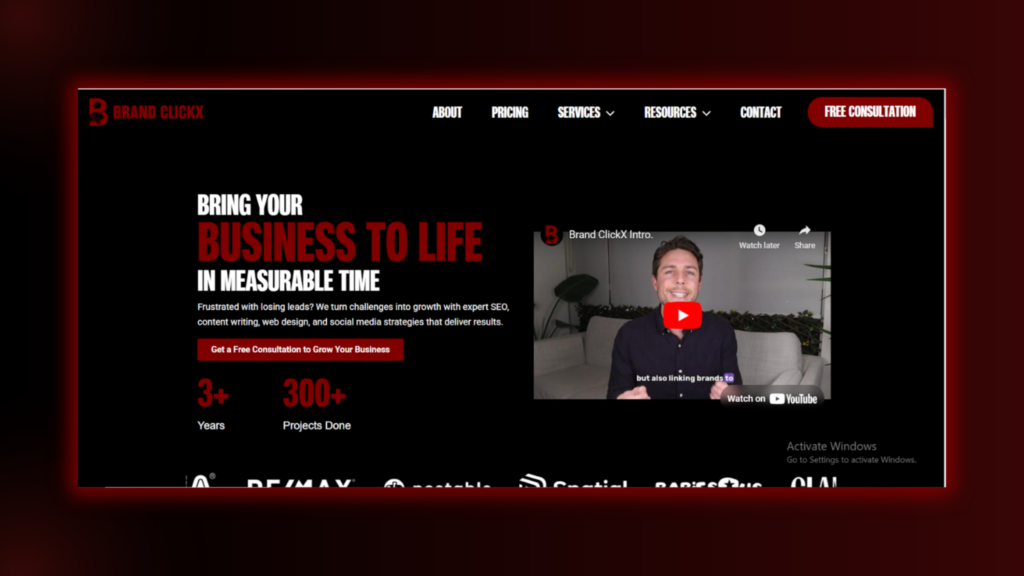
- Intuitive Design: We want visitors to be able to navigate between your content easily and quickly get to the information they need, therefore, reducing bounce rates.
- Breadcrumbs: Provide breadcrumb navigation to inform customers where they are on your site.
b. Readability
- Font and Formatting: In addition to that, use legible fonts and perfect formatting (i.e. bullet points, short paragraphs etc) to make any content easier to read.
- Contrast and Color Scheme: Make sure there is enough contrast between the text and the background to increase visibility.
c. Call-to-Action (CTA)
- Clear CTAs: Incorporate clear and compelling CTAs all throughout your site that will help guide your users towards performed action, such as signing up for the newsletter or making a purchase.
- CTA Placement: Place CTAs where they are attention-grabbing but don’t break the user experience.
6. Local SEO Audit
a. Google Business Profile

- Accurate Information: Take control of your Google Business Profile, claim and oversee that all details i.e: address, phone number, and operating schedule, are current and the best.
- Customer Reviews: This helps attract satisfied customers by creating excellent reviews which help boost your local search visibility and credibility.
b. NAP Consistency
- Uniform Listings: Make sure Your business Name, Address and Phone Number (NAP) is the same throughout all the platforms, directories, and listings (Yelp, Facebook, as well as other local business directory).
- Local Citations: Save a lot of time when building citations on the local directories that you trust, this helps you boost your local SEO signals and get more visibility in the local search results.
c. Local Keywords
- Geo-Specific Terms: Include location-specific keywords on your site’s content, tags and headers. For example, don’t aim for a ‘digital marketing agency’ instead aim for a ‘digital marketing agency in San Francisco.’
- Localized Content: Write blog posts or landing pages around local events, issues or topics which are relevant to your audience.
d. Location Pages
- Dedicated Pages: If your business serves multiple locations then you should generate pages for each location containing location-specific keywords, NAP, and customer reviews per location.
- Google Maps Integration: Embed Google Maps on your location page to enhance user experience and make it easier for your users to find you easily.
7. Analytics and Performance Tracking Audit
There’s no SEO audit that is complete without a performance tracking plan. You keep track of your progress so that your hard work produces something tangible.
a. Google Analytics Setup
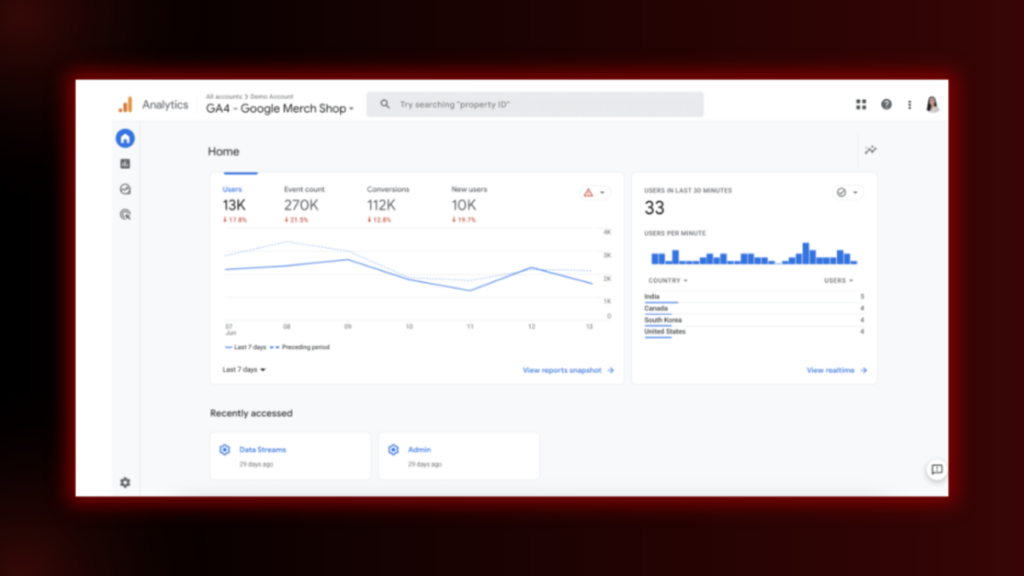
- Track Traffic: Ensure Google Analytics is properly set up to monitor your website traffic, user behaviour, and conversion rates.
- Goals and Events: Define goals (e.g., form submissions, and purchases) and track events to measure specific user actions.
b. Google Search Console
- Monitor Keywords: Search Console will tell you which keywords send traffic to your site and it will also keep you informed on ranking trends.
- Check Coverage Report: To keep an eye on coverage errors and resolve them regularly: 404 pages, indexing and so on.
c.Heatmaps and Session Recordings.
- User Interaction: Hotjar, Crazy Egg and other tools give you information about how users are navigating your site, showing you how it could be improved in terms of navigation and layout.
d. Key Metrics to Track
- Organic Traffic: Track search engine traffic volume.
- Bounce Rate: Find pages with high bounce rates and rework these pages to have an encouraging engagement.
- Click-Through Rate (CTR): Review your CTR for search results and modify meta descriptions and titles for more success.
- Domain Authority (DA): Start tracking your site’s authority over time with tools like Moz or Ahrefs.
Final Thoughts
An SEO audit is more than just a checklist; it’s a powerful tool to uncover opportunities, fix weaknesses, and propel your website toward better search engine rankings. By systematically evaluating your site using this comprehensive SEO audit checklist, you can optimize every aspect from technical SEO to user experience, ensuring your site not only attracts visitors but also keeps them engaged.
If you want to do a complete SEO audit checklist by a professional and experienced team, BrandClickX is the best option to go with.
Contact us today to discuss more!
FAQs
What is an SEO audit checklist?
An SEO audit checklist is a comprehensive list of tasks or steps to evaluate a website’s search engine optimization performance. It covers various aspects like site structure, keyword usage, content quality, backlinks, mobile-friendliness, and site speed. The goal is to identify issues that might affect the site’s ranking and to implement improvements for better search engine visibility.
Why is an SEO audit checklist important?
An SEO audit checklist helps ensure that your website follows best SEO practices. By systematically evaluating critical SEO factors, you can identify potential issues, fix them, and improve your website’s ranking on search engines like Google. Regular audits can also keep your site competitive and up-to-date with changing SEO algorithms.
How often should you perform an SEO audit using a checklist?
It’s recommended to perform an SEO audit at least once every 3 to 6 months. However, for highly competitive industries or websites undergoing frequent changes, a quarterly audit may be more beneficial to keep track of performance and emerging trends.
What tools can I use to conduct an SEO audit checklist?
Several tools can help you with an SEO audit checklist, including:
- Google Search Console: For technical issues and performance analysis.
- Ahrefs: For backlink and site health analysis.
- SEMrush: For comprehensive SEO analysis.
- Moz: For tracking SEO progress and keyword research.
- Screaming Frog: For in-depth site crawling and technical SEO analysis.

